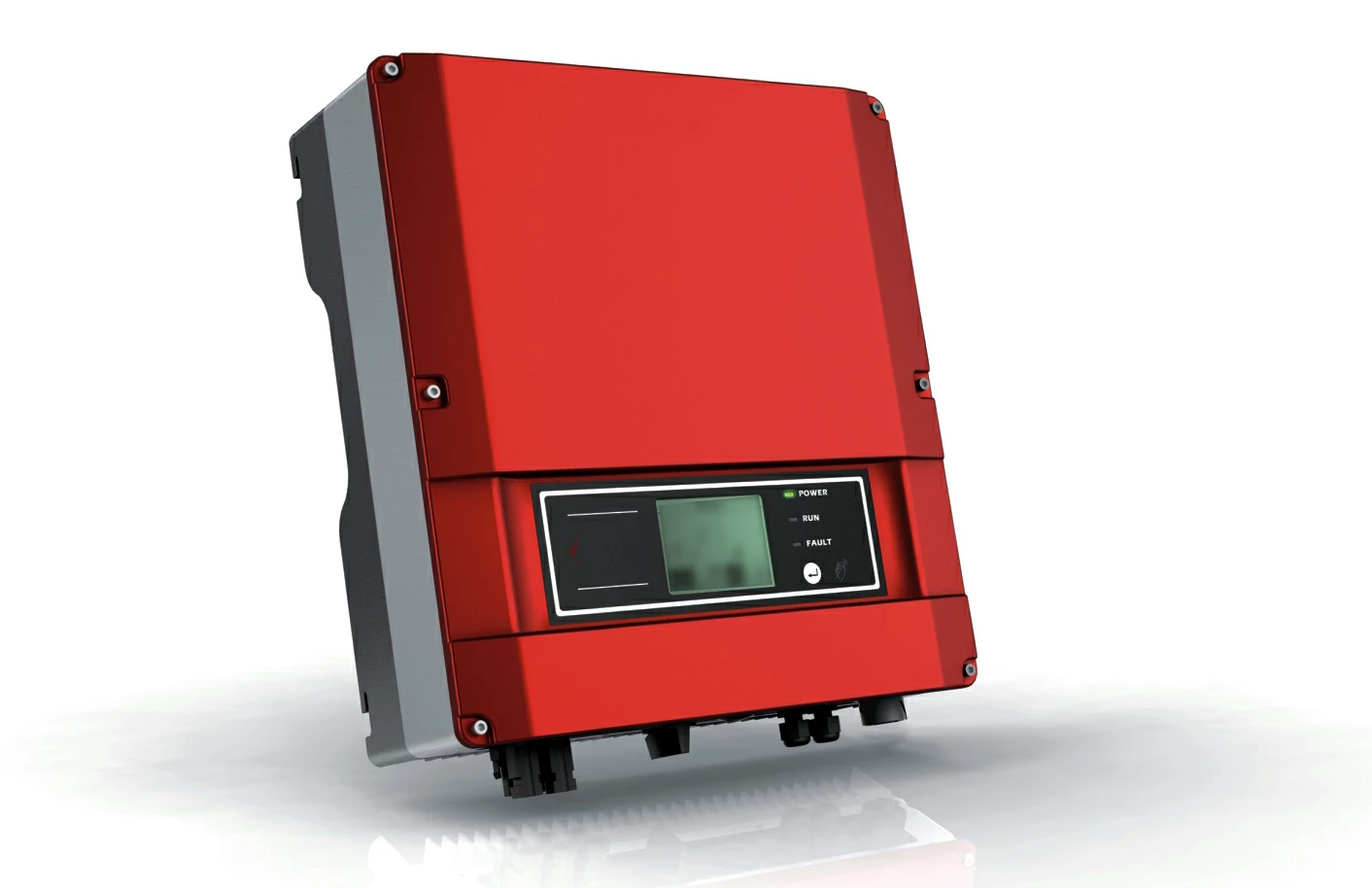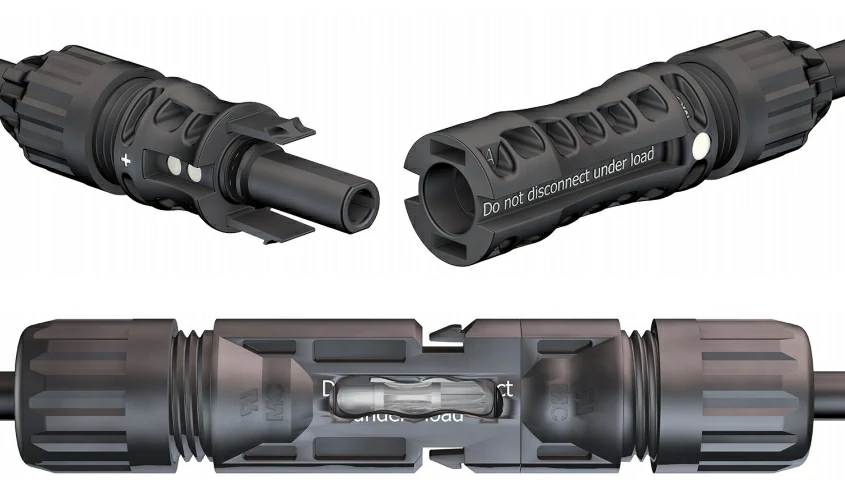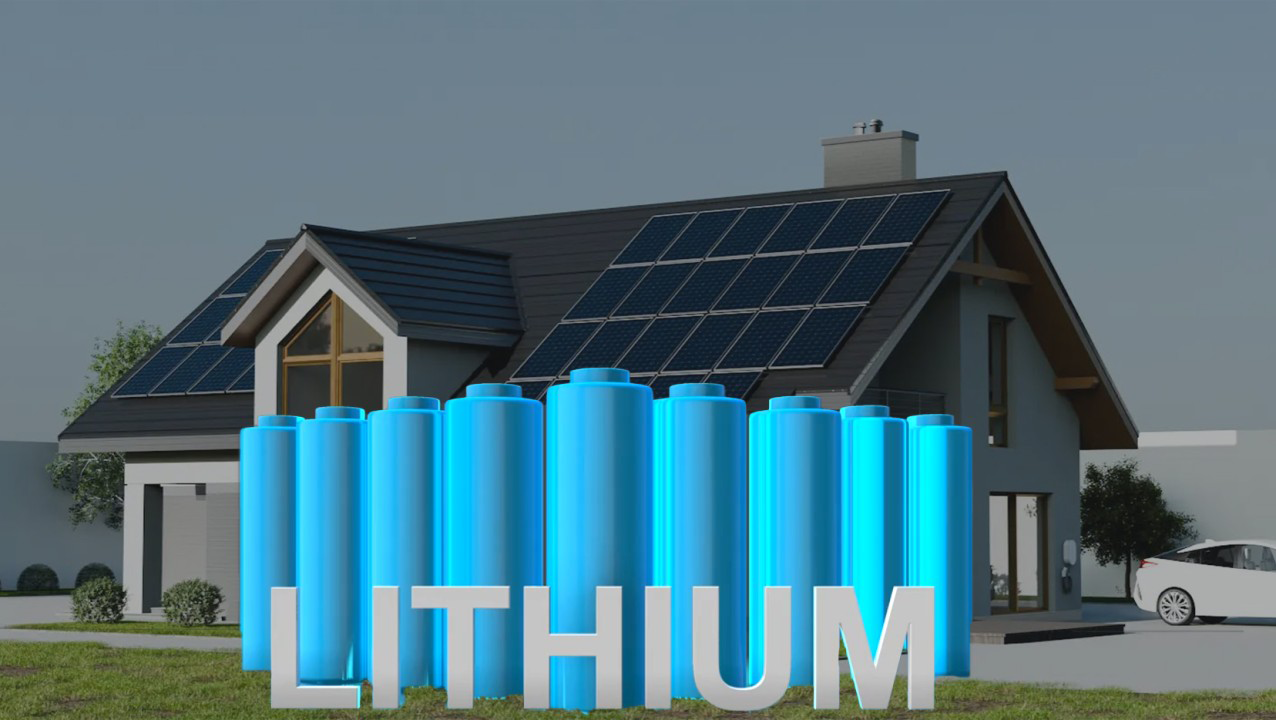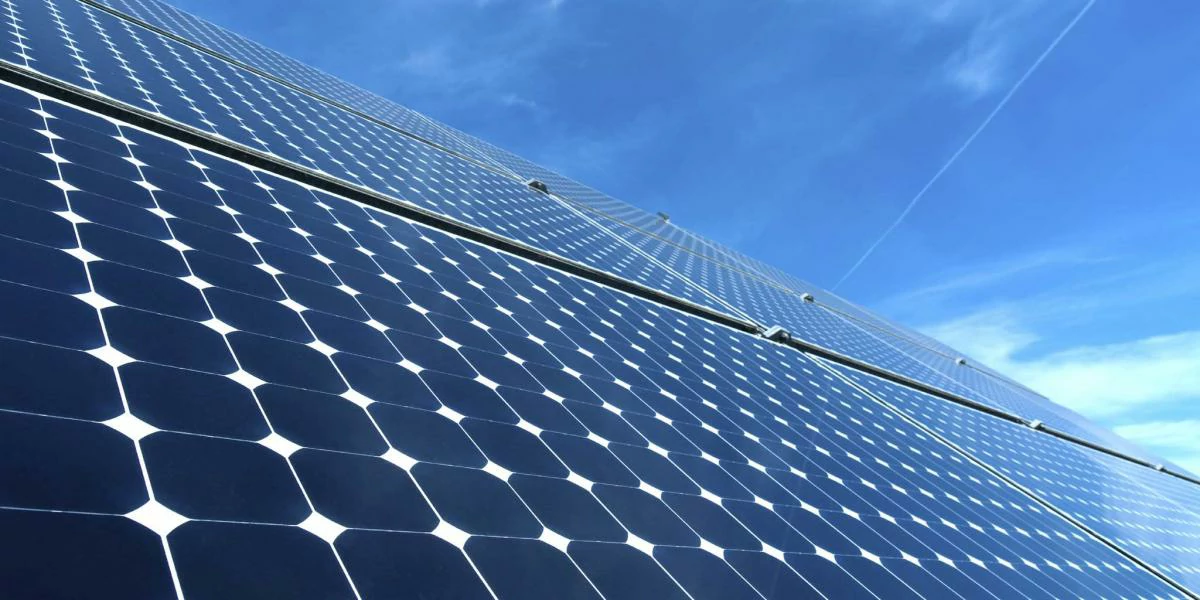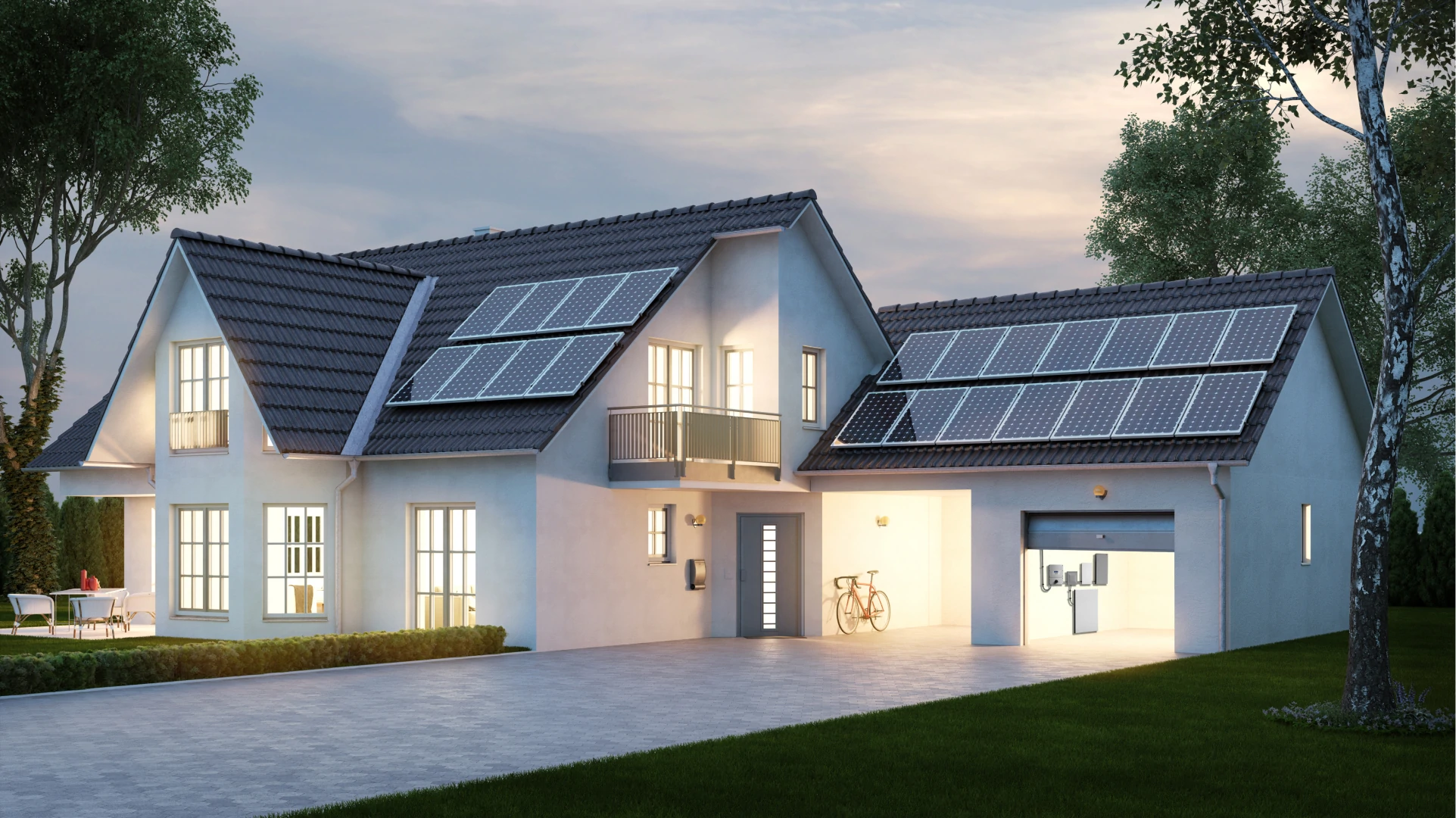Photovoltaic inverter Generally, the process of converting AC electrical energy...
Introduction to step-wave superposition inverter
A Staircase Waveform Inverter is a type of power electronic device that features a stepped waveform output and is widely used to convert direct current (DC) to high-quality alternating current (AC). Unlike the sine wave output of conventional inverters, step-wave superimposed inverters approximate sinusoidal waveforms by superimposing multiple step-wave voltage signals, which brings many advantages in specific applications. This paper will deeply discuss its working principle, advantages and disadvantages and application fields.
the working principle
The core idea of step-wave superposition inverter is to generate output signal close to sine wave by the superposition principle of step-wave. Its main working process includes the following steps:
Input DC power: The inverter is first connected to DC power, such as batteries or solar panels.
Waveform generation: Using switching elements (such as MOSFETs, IGBTs, etc.), the inverter is opened and closed at a specific time interval to generate a series of stepped voltage signals at the output end.
For example, the DC voltage is divided into several levels, thus forming multiple steps.
Superimposed output: Multiple stepped waveforms are superimposed to form a voltage signal that is close to an ideal sine wave. This process usually requires precise control strategies and modulation techniques to control the amplitude and duty cycle of each step.
Filtering processing: In order to further improve the quality of output voltage waveform, key filters were usually configured at the output end to smooth the output stepped waveform, reduce high-frequency noise and harmonics, and finally get an output signal that approximated sine wave.
advantages
Step-wave superposition inverter has many advantages in design and application, including:
Simple control strategy: Compared with the traditional pulse width modulation (PWM) inverter, the control of step-wave superposition inverter is relatively simple, easy to implement and maintain.
Reduce harmonic distortion: Through the superposition of step waves, the inverter can effectively reduce the harmonic content of the output signal, thereby improving the power quality.
Efficient energy conversion: The inverter has a high energy conversion efficiency and is especially suitable for applications where frequent switching operations are required.
Application flexibility: Step-wave superimposed inverters can adapt to a variety of load types and can stably provide alternating current required for different equipment.
Cost effective: Due to its simplicity, this inverter typically has low manufacturing and maintenance costs and is suitable for small and medium-sized energy systems.
DISadvantages
Although step-wave superimposed inverters have many advantages, there are also some disadvantages:
Output waveform accuracy: Compared with traditional sine wave inverters, the waveform of the stepped wave output is relatively rough, and although it can be improved by filters, it may be insufficient in some applications requiring high precision.
Load adaptability: In some special cases, step waves can have an adverse effect on certain types of loads, such as inductive loads, resulting in reduced efficiency or damage to equipment.
Control complexity: Although the control strategy is relatively simple, the design of the control algorithm can still be complex in situations where high-precision outputs are required.
Application fields
Step-wave superposition inverters are widely used in many fields, including but not limited to:
Renewable energy systems: In renewable energy generation systems such as solar and wind power, step-wave superimposed inverters can output direct current into alternating current close to sine wave, which is connected to the grid or supplied to the load.
Motor drive: In some motor drive applications, the inverter can effectively control the speed and torque of the motor, and ensure good operating performance.
Battery powered systems: In inverters for battery storage devices, step-wave superimposed inverters provide a reliable source of power for AC loads.
Small power generation equipment: Used in small independent power generation equipment, such as portable generators and small wind power systems, to achieve simple and reliable power output.
UPS systems: In uninterruptible power supply (UPS) systems, step-wave inverters provide temporary power support during power outages.
conclusion
Step-wave superimposed inverters are not just a replacement for traditional inverter technology, they represent a more advantageous solution for specific application situations. With its simple control strategy, efficient energy conversion capability and wide applicability, step-wave superimposed inverters show good application prospects in renewable energy, industrial drives and portable power supplies. As the demand for efficient, low-cost power solutions increases, step-wave superimposed inverters will continue to play an important role in future development.

Home energy storage product series
A lithium battery pack for home energy storage systems, which is compatible with solar panels and the sun The inverter can work together with the power grid to power household appliances, and it can also be used as a For off grid systems.
Extended reading
LiFePo4 home energy storage battery
A highly integrated backup power solution for solar home energy...
THE ESSC Brand promise
Global supply
Our products sell well all over the world, covering many countries and regions, through the global logistics network, to provide customers with convenient purchasing experience.
Rigorous quality
We adhere to the highest quality control standards to ensure every product meets industry regulations and customer expectations, earning trust through consistent excellence.
Excellent service
With a customer-centric approach, we provide prompt responses, professional support, and personalized services, aiming to deliver the best user experience and long-term value.
